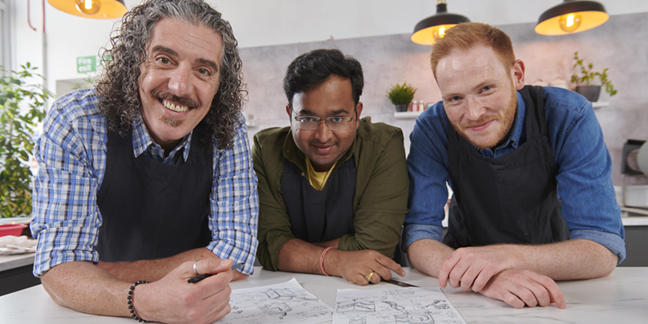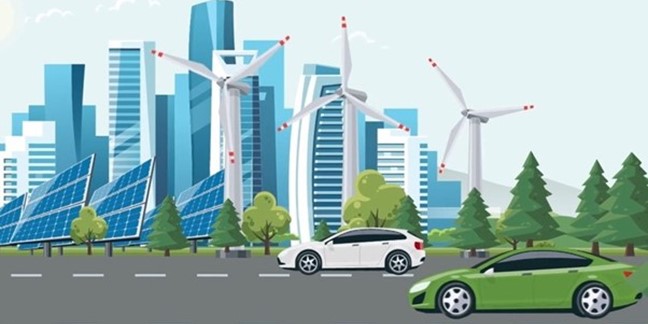Nov 9, 2022

X is for Exovent – some of the volunteer team at Exovent working on an early prototype with Marshall Aerospace in 2020 at the height of the Covid pandemic.
By Ian Joesbury, Chief Executive (volunteer) for the Exovent Charity and Fellow of the IMechE
At the beginning of the Covid pandemic when everyone was desperate to find a way of delivering thousands of ventilators to support patients, a creative and enthusiastic group of engineers, medics and volunteers with a wide range of skills came together and within a few weeks of intensive activity created a negative pressure ventilator that could have been produced inexpensively and in very large numbers had the need ultimately arisen. As it happened, the worst fears of thousands more ventilators required did not materialise, but by this time the team had realised how important this technology was and had no intention of letting it go!
Right from the start this has been a team and a family affair with everyone attending zoom calls on a daily basis, often with children or grandchildren popping their faces in front of the cameras to make sure everyone had seen them. We worked hard but had fun!
Now, over 2 and a half years on, the team (all still giving their time for free) meet weekly and are working with innovation teams in the UK and around the world to turn this technology into reality. Portsmouth Aviation are doing an amazing job creating a system for approval in the UK and getting themselves certified as a medical device designer and manufacturer. The team in Bangladesh used local materials available from boat making to create a fibreglass version called ‘Shaash’, which you can find exhibited in the Smithsonian in New York, and are in the process of getting their system approved by their Ministry of Health. In Canada we are working with the University of British Columbia on a compact next generation wearable system that has tremendous potential, and, in the meantime, we have worked with some outstanding engineering students studying at Durham and an amazing all-female engineering cohort studying at Qatar University in Doha.
Our medics, including anaesthetists, intensive care specialists, surgeons and nurses have researched the topic extensively to understand the physiological benefits shown in previous published works along with creating their own papers. Their article ‘Exovent: a study of a new negative pressure ventilatory support device in healthy adults’ was ranked as one of last year’s top ten articles in the journal Anaesthesia and they have already developed the protocols for full clinical trials once our device is approved in the UK. There is already much evidence in existing papers to support negative pressure ventilation being far gentler on the lungs than positive pressure alternatives and evidence to suggest that it puts less pressure on the heart, improving blood flow.
In the process of working together, engineers and medics, we have learned much about how to approach joint problem solving. Some of the methods we use to measure how the system affects the body has led to the engineering of new monitoring equipment and much of the working together has led to design improvements or future potential options that could be incorporated.
Why are we still so excited about negative pressure ventilation?
It rapidly became clear that, although the vaccine will hopefully control Covid, people are still dying around the world from respiratory diseases such as Pneumonia because they do not have access to the right medical support. In fact, a child and an adult dies every 40 seconds from Pneumonia. Many of these people will not have access to the latest expensive intensive care equipment such as ventilators but neither are they likely to have access to the highly skilled anaesthetists and intensive care specialists that are needed to use this equipment.
To use a ventilator the patient is anaesthetised, and a tube inserted into the throat. This tube is then used to ventilate the unconscious patient.
Negative pressure works by using an enclosure around the chest and, by lowering the pressure in the enclosure, you can support or even take over the patients breathing while the patient remains conscious. The operation of this equipment is very simple and could be deployed into villages and local medical centres using the available level of medical support.
If produced in large quantities, the cost of a negative pressure ventilator such as Exovent could be very affordable, even in the poorest communities. Ultimately, we want this technology to be available to everyone that needs it!
We are confident we will get there, and in the process, I am sure we will continue to work with more amazing young engineers (and young medics) and continue to share our journey with our children, grandchildren and pretty much anyone who will listen.
< Back to Blog

